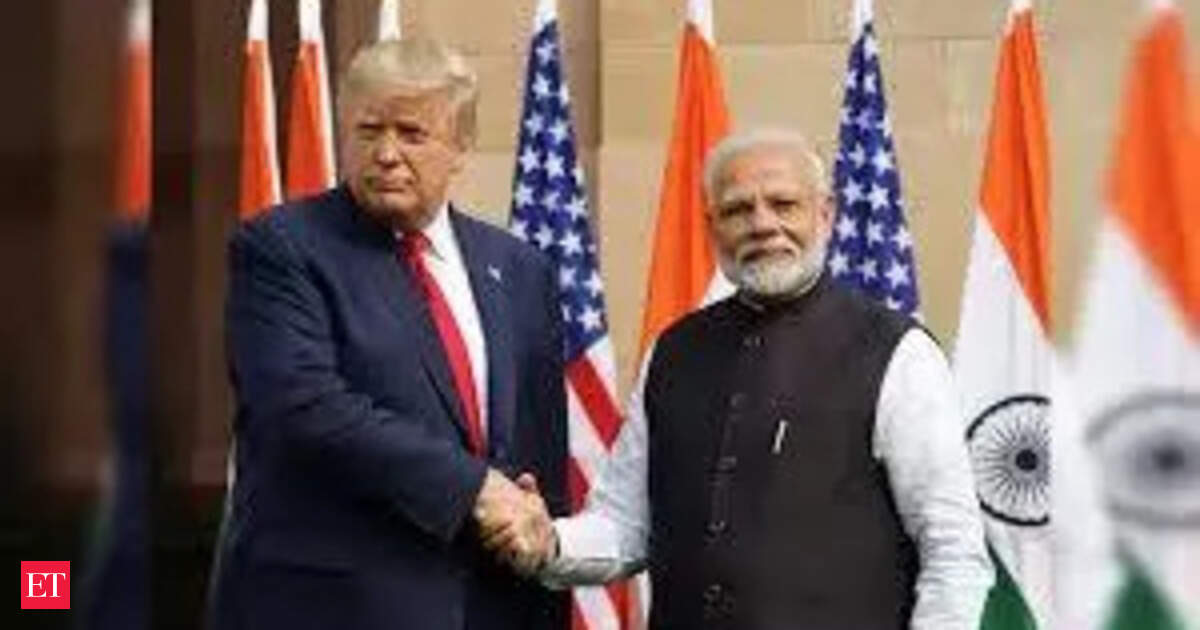“We will hear about a trade deal with India very soon,” said White House Press Secretary Karoline Leavitt during a media briefing. While she did not specify a timeline or details of the negotiations, her remarks indicate that India remains a priority in the Trump administration’s evolving trade agenda.
India and the United States are currently locked in high-stakes negotiations for a trade agreement, with pressure mounting ahead of a July 9 deadline. The talks, underway in Washington, aim to prevent the reimposition of a 26% reciprocal tariff on Indian goods, a levy that was originally announced by the Trump administration and temporarily suspended in April for 90 days.
A senior Indian official confirmed to PTI that India has hardened its stance, particularly on demands for duty concessions in agriculture and dairy sectors—areas considered politically and economically sensitive. Indian negotiators, led by Special Secretary Rajesh Agrawal, have already extended their stay in Washington to try and clinch a deal before the deadline lapses.
While the U.S. is pushing for market access for apples, tree nuts, genetically modified crops, dairy, and electric vehicles, India is seeking relief in labor-intensive sectors such as textiles, garments, leather goods, and chemicals.
Agricultural liberalization remains the biggest hurdle. Experts and policy groups like the Global Trade Research Initiative (GTRI) have warned that cutting tariffs on U.S. farm products—many of which benefit from heavy subsidies—could threaten India’s food security and expose small-scale farmers to global price volatility. GTRI founder Ajay Srivastava argued that permanent tariff cuts would be “strategically unwise” and could impact over 700 million rural livelihoods.Despite the challenges, both sides are also aiming for a broader bilateral trade agreement (BTA) by fall 2025, with an ambitious target of increasing bilateral trade from $191 billion to $500 billion by 2030.




